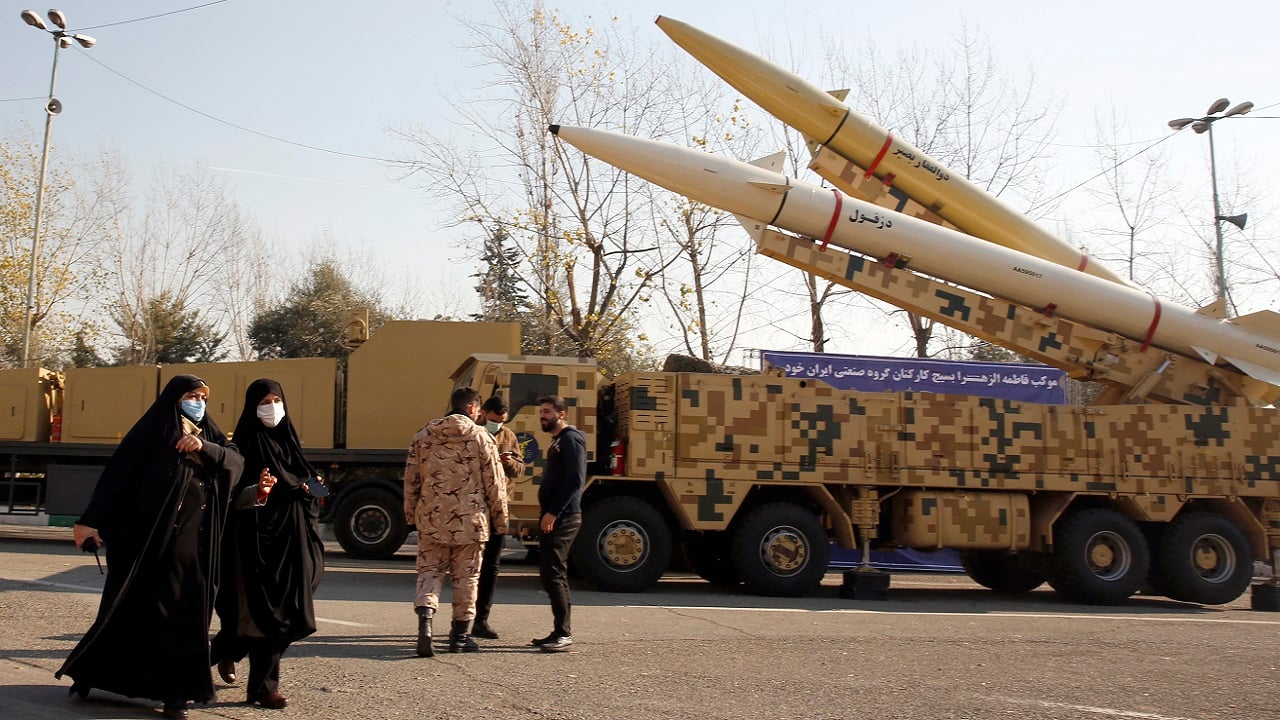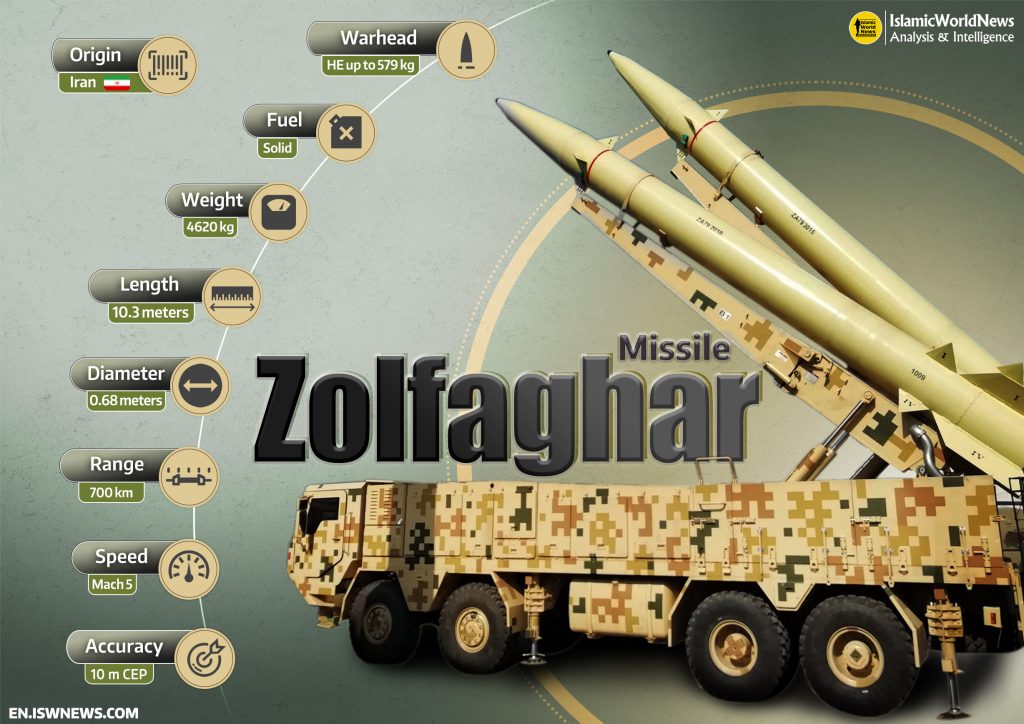
Iran did not transfer long-range missiles to the Russian Federation.
Kyrylo Budanov, Chief of the Defence Intelligence of Ukraine, reported on this at the Ukraine. 2024 forum.
“There are none. None of this is true,” Budanov answered journalists’ questions.
Reuters recently reported on the shipment of short-range Zolfaghar short-range ballistic missiles, which are based on the Fateh-110, to Russia.
According to Reuters, Iran will send about 400 short-range ballistic missiles to Russia, including the 2017 Zolfaghar, which is based on the 2002 Fateh-110 ballistic missile.

The publication claimed that sources close to the Iranian Ministry of Defense confirmed this information.
Budanov added that the Russians are using North Korean-made missiles. Militarnyi has repeatedly reported on the use of North Korean ballistic missiles.
For example, on February 8, it was reported that the Russians started to use North Korean ballistic missiles for attacks on the Donetsk region.
At the time, Russian troops launched a combined attack on the city of Selidovo. The invaders hit civil infrastructure with eight missiles, four of which were North Korean-made. The Donetsk regional prosecutor’s office stated that the debris externally resembled Hwasong-11Ga (KN-23) ballistic missiles.
The Russians first used Hwasong-11Ga during massive combined strikes on December 30 and January 2.
Investigators from the international organization Conflict Armament Research (CAR) examined the remains of the missiles and confirmed that they were North Korean-made.
The researchers compared the characteristics of this missile with those of similar Russian products.
For example, CAR has identified several features that clearly distinguish this missile from the Russian Iskander SRBM.

One difference concerns the tail section: the diameter of the North Korean missile’s tail section is 110 cm, while the Iskander’s is smaller, about 95 cm.
In addition, CAR team members discovered a label with the handwritten Korean character “ㅈ” on the missile barometer.
Investigators also recorded the “112” mark on various components found among the missile’s debris. This sign could have been placed by workers at the February 11 plant in North Korea, where these missiles are reportedly assembled.
Підтримати нас можна через:
Приват: 5169 3351 0164 7408 PayPal - [email protected] Стати нашим патроном за лінком ⬇
Subscribe to our newsletter
or on ours Telegram
Thank you!!
You are subscribed to our newsletter